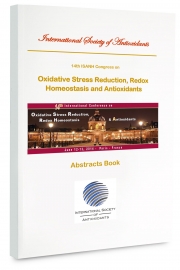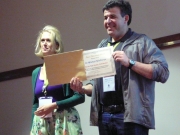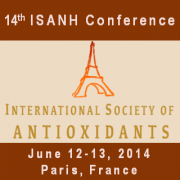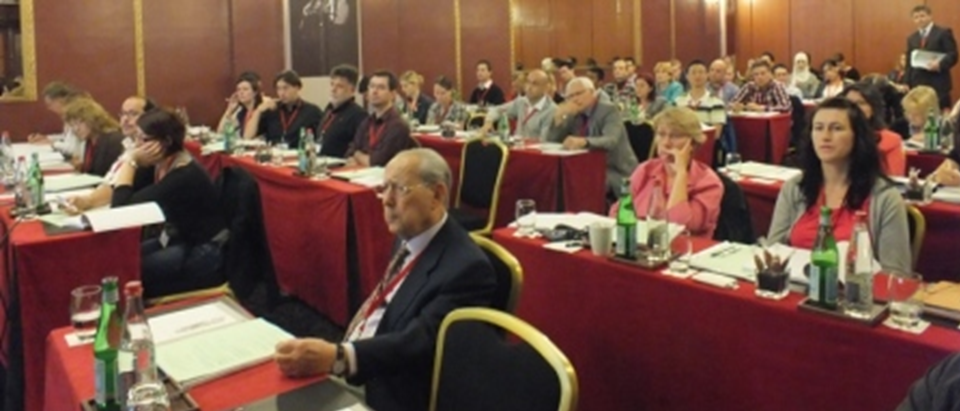 The 15th Anniversary of the International Society of Antioxidants (ISANH) organized in Paris last July 3-4 was a huge success. During ISANH Congress on Antioxidants, one of the main discussion showed that antioxidants play their role by modulating redox signaling pathways and not a counter "balance" to oxidant formation. They act to modulate cells signaling domains in which redox signaling occurs.
The 15th Anniversary of the International Society of Antioxidants (ISANH) organized in Paris last July 3-4 was a huge success. During ISANH Congress on Antioxidants, one of the main discussion showed that antioxidants play their role by modulating redox signaling pathways and not a counter "balance" to oxidant formation. They act to modulate cells signaling domains in which redox signaling occurs.
Mitochondria are a localized signlaing domain and ROS (Superoxide and Hydrogen Peroxide) generated by respiratory chain are signaling molecules.
The questions are:
- How mitochondria play a strategic role to MODULATE or RESTORE or RESET the redox signaling pathways?
- How mitochondria can affect transcription factors like Nrf2-Keap1 and finally activate and modulate antioxidants genes expression?
In pathological conditions, such as neurodegenerative diseases, how can we restore or modulate signaling pathways?
Can we use exogenous antioxidants to target mitochondria, to modulate the redox state of cells and reduce oxidative damages at the level of mitochondrion?
Dr Edeas, chairman of ISANH, highlighted some strategies for 2013 and he selected three targets and strategies:
- Targeting Mitochondria
- Targeting Redox Signaling Pathways
- Targeting Microbiota
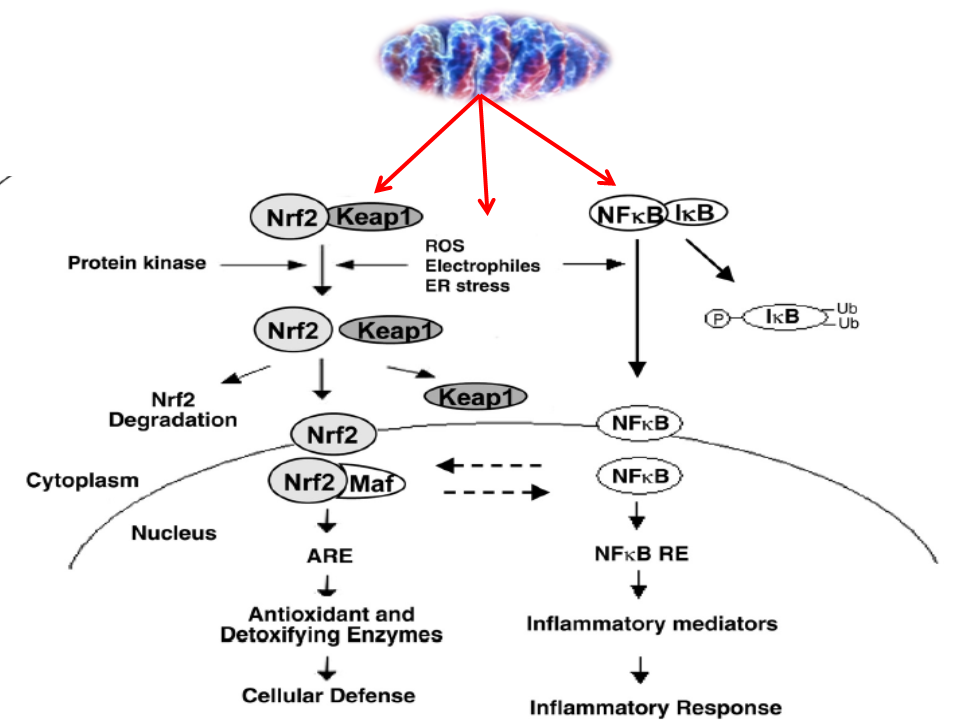 Dr Edeas confirmed that "...despite the different methods available to mesure ROS, currently no standard exists to estimate oxidative stress..."
Dr Edeas confirmed that "...despite the different methods available to mesure ROS, currently no standard exists to estimate oxidative stress..."
He also explianed why we obtained many negative results with many antioxidants and one of the explaination that we didn't token on consideration the loss of control of the intracellular signaling pathways: "Redox Related" in oxidative stress conditions. The signaling pathways are targeted by ROS with activation of kinases and inactivation of phosphatases.
When we removed the physiological ROS with a mega dose of antioxidants, we observed a negative effect of antioxidants used. The requirement of a basal ROS tone for cell signaling may explain why many antioxidant-based therapies have failed.
An other remark was that all ROS are not created equal, and compartmentalization and concentration are highly important.
Dr Edeas attracted the attention that "... we need to design a specific antioxidant strategy to each organ and one antioxidant cannot be used for the liver and the same for the kidney or brain..."
Some critical questions remain to be clarified:
- the red line between physiological vs pathological ROS
- the bioavailability of many antioxidants
- the strategic role of metabolites of some polyphenols
We need urgently to realise some clinical studies with these metabolites.
Many critics were formulated concerning oxidative stress and evaluation methods. The scientific committee attracts the attention that the marketing and some industrials use ORAC method to communicate about the antioxidant activity before realize clinical trial.
Dr Edeas commented: "...ORAC is in vitro method and cannot prove any in vivo evidences of the bioavailability and impact of these antioxidants on human plasma..."
The scientific committee decided to put online for ISANH members the speakers presentations and all abstracts accepted for this congress.
For more information: www.isanh.fr









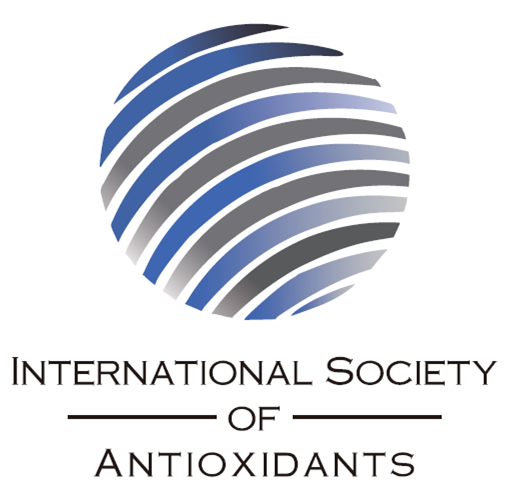
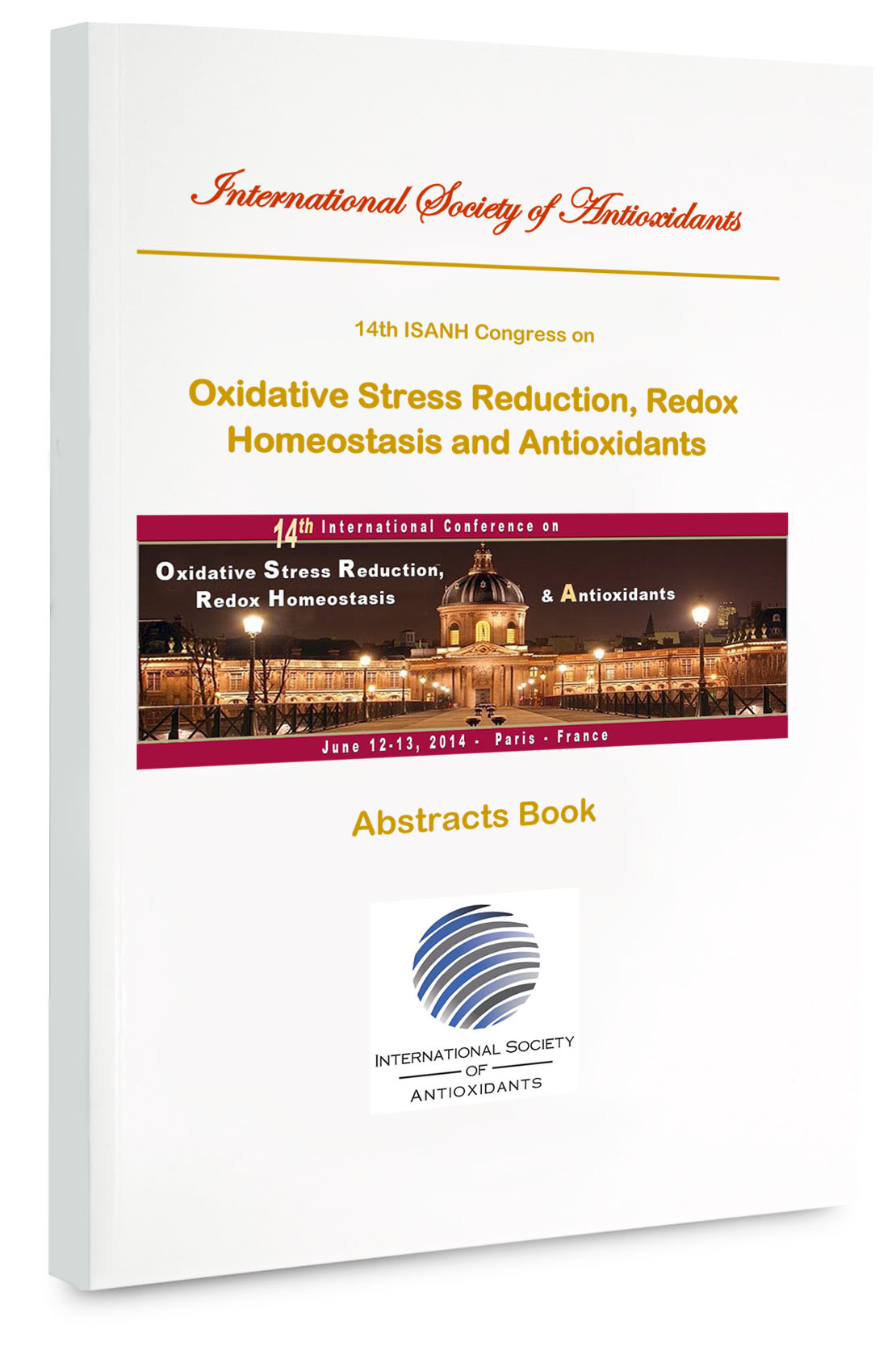 Please click here to purchase
Please click here to purchase